The Lake and Peninsula Borough is comprised of small commercial fishing communities and traditional Native villages. A significant number of residents rely on subsistence resources for their livelihood. The Borough experiences a large influx of fishing vessels and seafood processors during the summer months. Chignik has an important purse seine fishery and Egegik is mostly dependent on the Bristol Bay driftnet fishery. The other communities are involved in more localized fishing efforts in the Aleutians management area. There are also several floating and shore-based processors that operate in different locations within the borough.
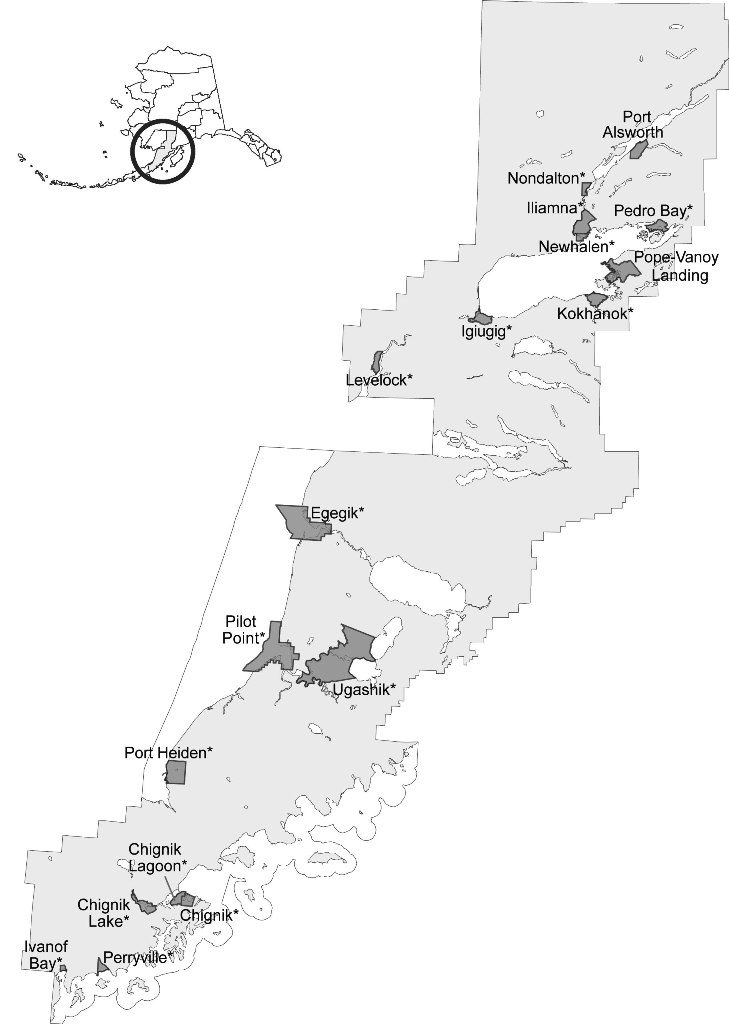
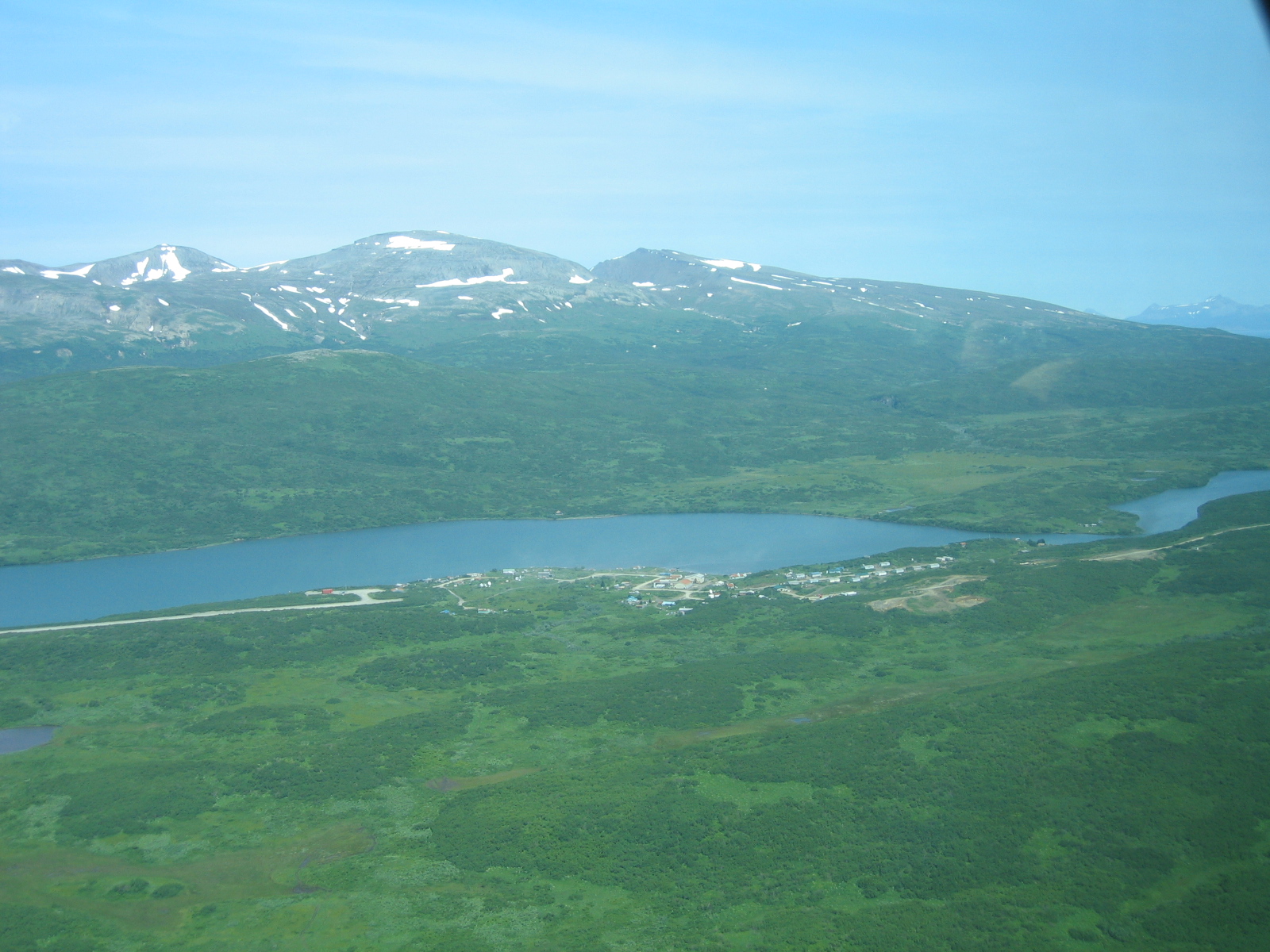
Chignik Lake
Chignik Lake lies next to the body of water of the same name, located on the southern shore of the Alaska Peninsula. It is primarily accessible by air. Regularly-scheduled and charter flights are provided, and seaplanes may land in Chignik Lagoon. Like most of the region, Chignik Lake depends on commercial fishing for much of its economic activity.
Photo Credit: DCCED; Div. of Community and Regional Affairs’ Community Photo Library
Chignik Lagoon
Chignik Lagoon took its name from its location and proximity to Chignik. The people of this area have always been sea-dependent, living on otter, sea lion, porpoise, and whale. The community sees an influx of fishermen during the summer months, and the population can swell by up to 200 during this time. The Chignik Lagoon Village Council is a local federally-recognized tribe.
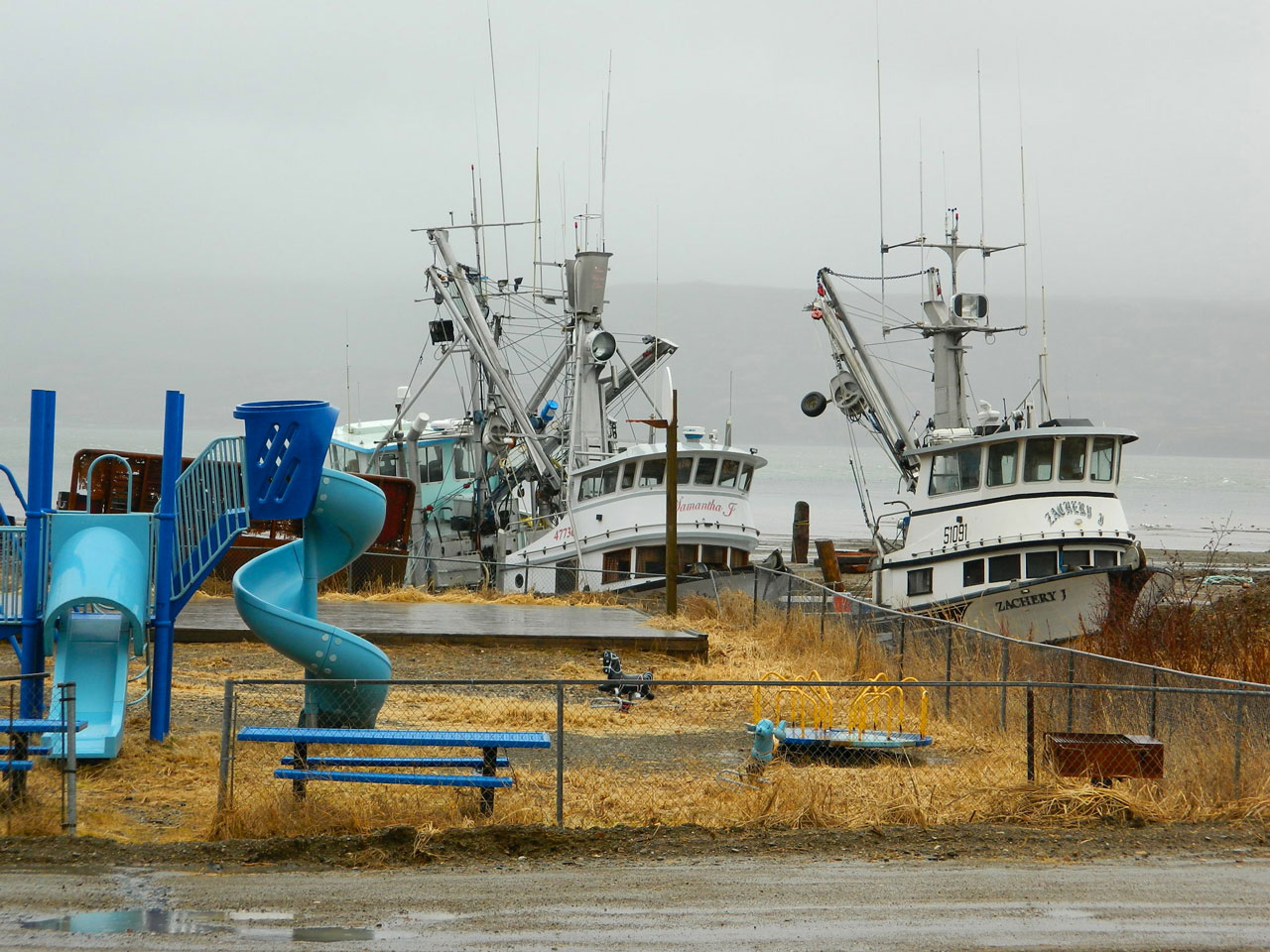
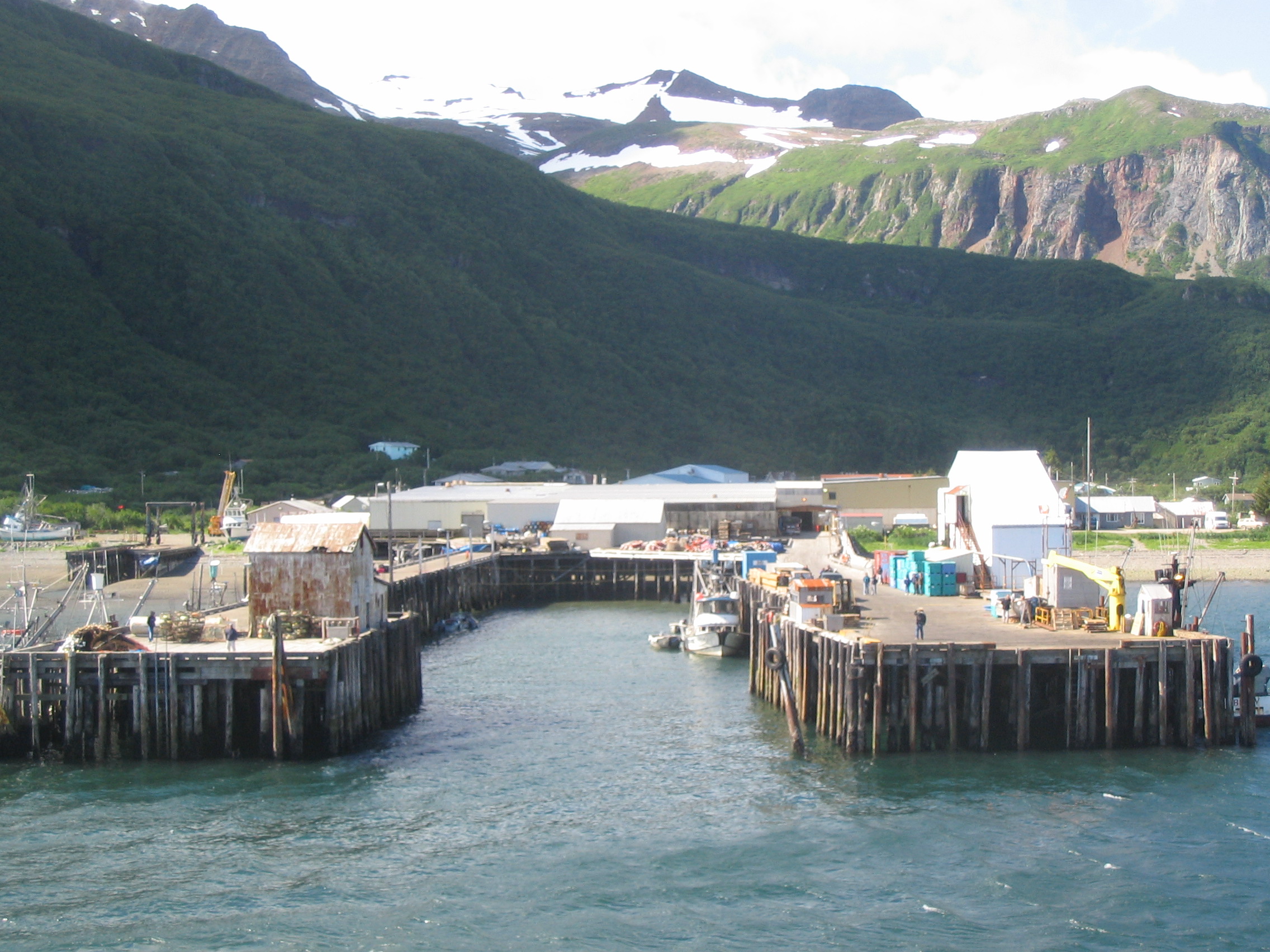
Chignik Bay
The City of Chignik is located on the south shore of the Alaska Peninsula, 450 miles southwest of Anchorage. The Chignik Bay Village Council is the local tribe, and the community is made up of a mixture of Alutiiq and non-Native peoples. Commercial fishing and subsistence are the anchors of the local economy.
Egegik
Located on the Alaska Peninsula, Egegik lies on the south bank of the mouth of the Egegik River. It has a strong year-round Alutiiq culture, and the Egegik Village Council is the community’s local tribe. Like many communities in Bristol Bay, the Egegik economy relies heavily on subsistence and the fishing industry. During summer months, its population can swell by 1,000-2,000 people involved in the fishing industry.
Photo Credit: DCCED; Div. of Community and Regional Affairs’ Community Photo Library
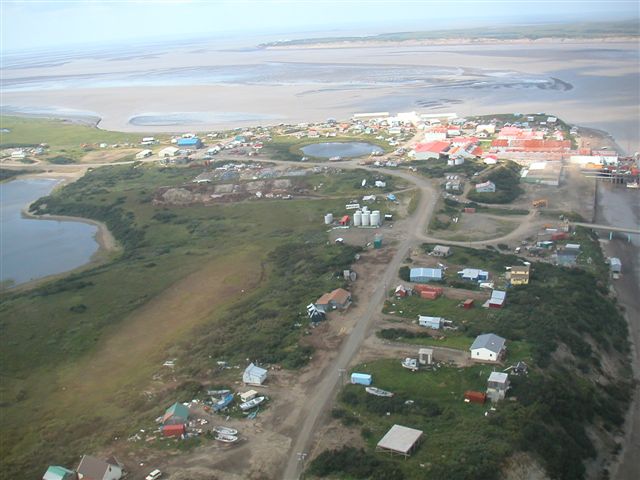

Ivanof Bay
Ivanof Bay is located on the northeast end of the Kupreanof Peninsula, 500 miles southwest of Anchorage and 250 miles southeast of Dillingham. Ivanof Bay has traditional Alutiiq influences, and practices a subsistence lifestyle. In summer, most residents leave the community to live and fish near Chignik. The Ivanof Bay Village Council is the community’s local tribe.
Iliamna
Iliamna is located 225 miles southwest of Anchorage, on the northern side of Iliamna Lake. The population of the community consists of 57.8% Alaska Native or part Native peoples, and the Iliamna Village Council is the local tribe. In recent years, Iliamna has become a recreational and tourist attraction due to the excellent fishing at Iliamna Lake, the second largest lake in the United States.
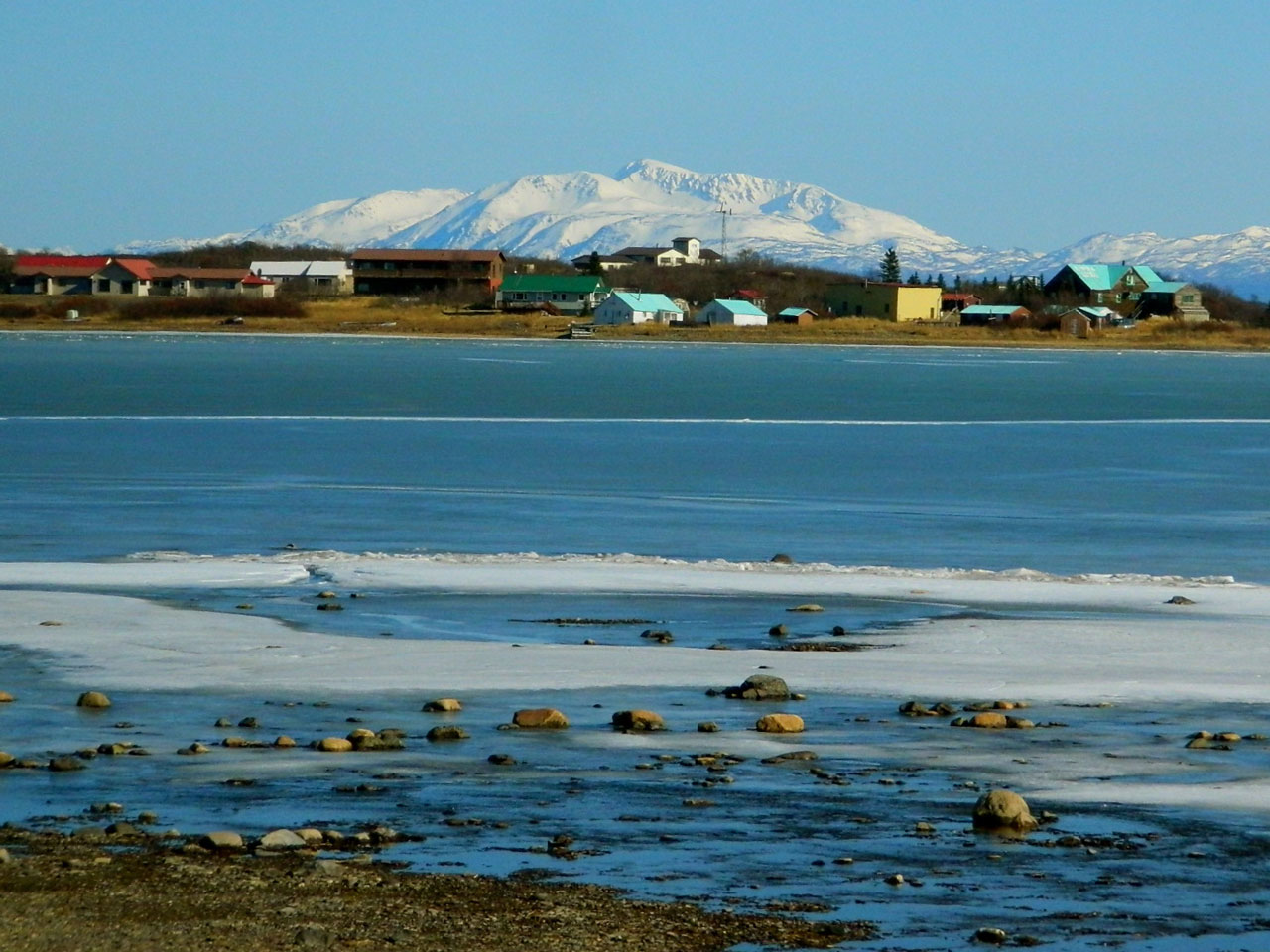

Igiugig
Igiugig is located on the Alaska Peninsula on the south shore of the Kvichak River, which flows from Iliamna Lake. The Igiugig Village Council is the federally-recognized tribe located in the community. Historically a Yupik Eskimo village, the population is now primarily Alutiiq. Residents depend upon commercial fishing and a subsistence lifestyle, and sport fishing attracts visitors during summer months. Igiugig is accessible primarily by water and air.
Kokhanok
Kokhanok is located on the south shore of Iliamna Lake, 88 miles northeast of King Salmon. The Kokhanok Village Council is the federally-recognized tribe located in the community. The school is the largest employer in Kokhanok. Some residents travel to the Bristol Bay area each summer to fish. A gravel airstrip and a seaplane base serve scheduled and charter air services from Anchorage, Iliamna, and King Salmon.
Photo Credit: DCCED; Div. of Community and Regional Affairs’ Community Photo Library
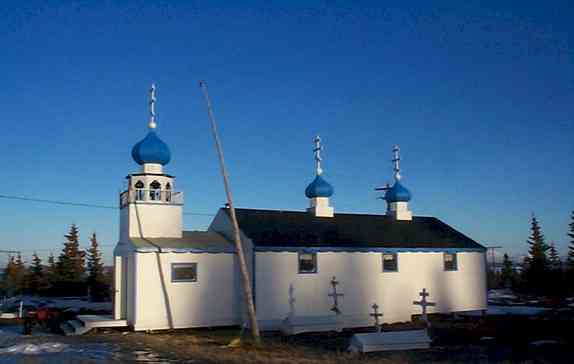

Levelock
Levelock is located on the west bank of the Kvichak River, 10 miles inland from Kvichak Bay. It lies 278 air miles southwest of Anchorage. The population of the community consists of both Alutiiq and Yup’ik peoples. Commercial fishing and subsistence activities are the focus of the community. Several seasonal lodges operate in the area. Levelock is accessible by air and water. In the winter, trails to surrounding villages are used.
Nondalton
Nondalton is located between Lake Clark and Lake Iliamna, 190 miles southwest of Anchorage. Nondalton formed an incorporated city government in 1971. The population of the community is made up of mostly Alaska Native poeples. Fishing in Bristol Bay is an important source of income in Nondalton, and firefighting is another source of summer employment. The community relies heavily on subsistence hunting and fishing. A State-owned runway services the community. Local villages support the construction of a 22-mile road between Nondalton and Iliamna.
Photo Credit: DCCED; Div. of Community and Regional Affairs’ Community Photo Library

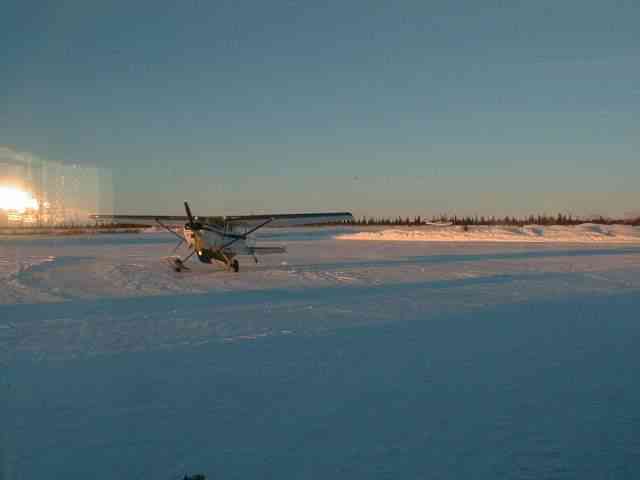
Newhalen
Newhalen is located on the north shore of Iliamna Lake at the mouth of Newhalen River, 5 miles south of Iliamna and 320 miles southwest of Anchorage. The population of the community is made up of mostly Alaska Native peoples, including Yup’ik Eskimos, Alutiiq, and Athabascans. The Newhalen Tribal Council is the name of the local tribe in the community. Residents rely heavily on subsistence activities, and most families travel to fish camps during the summer.
Photo Credit: DCCED; Div. of Community and Regional Affairs’ Community Photo Library
Port Heiden
Port Heiden lies 424 miles southwest of Anchorage, at the mouth of the Meshik River on the north side of the Alaska Peninsula. It lies near the Aniakchak National Preserve and Monument. The Port Heiden Village Council is the federally-recognized tribe located in the community. Commercial fishing and government jobs provide the majority of cash income. Annual subsistence harvests of salmon, other fish, and marine mammals average 109 lbs. per person.
Photo Credit: DCCED; Div. of Community and Regional Affairs’ Community Photo Library

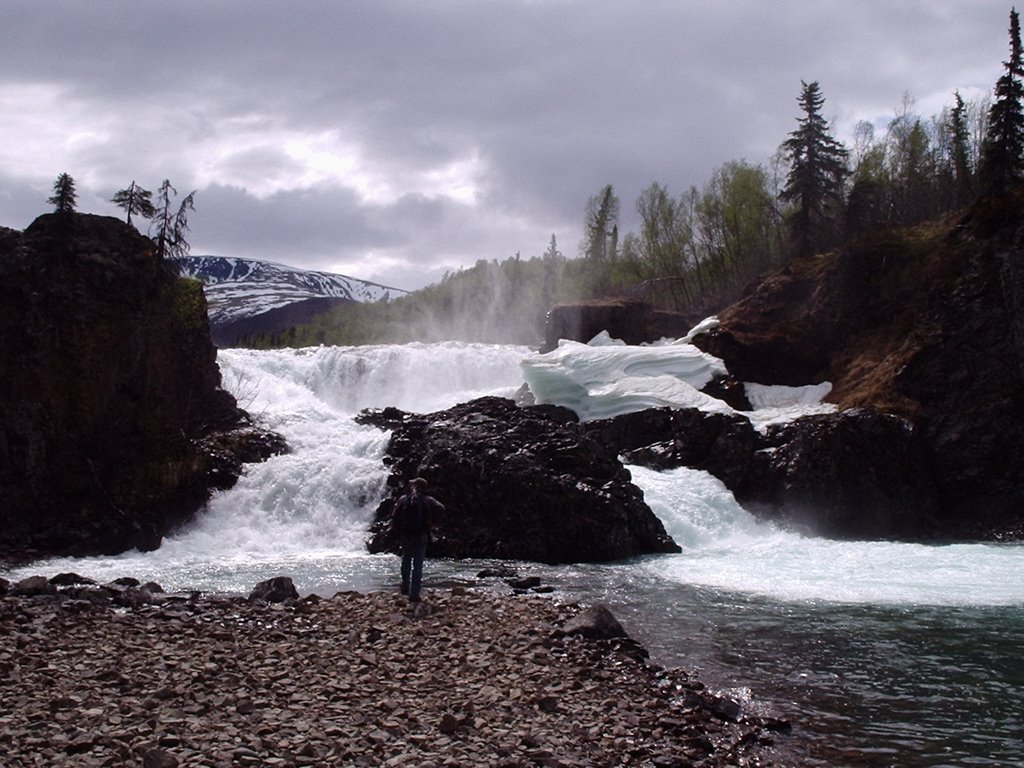
Port Alsworth
Port Alsworth is on the east shore of Lake Clark at Hardenburg Bay. It sits in the Lake Clark National Park and Preserve. The community is unique in the area as it is not an Alaska Native community. A number of houses are used only seasonally. Port Alsworth has several lodges and outfitters/guides for summer recreational enthusiasts. A few residents hold commercial fishing permits. There are two privately-owned and operated airstrips in the area.
Pilot Point
On the northern coast of the Alaska Peninsula resides Pilot Point, located on the east shore of Ugashik Bay. The Pilot Point Village Council is the federally-recognized tribe located in the community. The community is primarily of Alutiiq and Yup’ik ancestry, and the residents practice a fishing and subsistence lifestyle. Commercial fishing is depended on for the majority of resident’s cash income.


Perryville
Perryville is located on the south coast of the Alaska Peninsula, 275 miles southwest of Kodiak and 500 miles southwest of Anchorage. The Native Village of Perryville is the federally-recognized tribe located in the community. The population of the community is mainly made up by Alaska Natives. The village maintains an Alutiiq culture and a subsistence lifestyle. Commercial fishing provides cash income. Perryville is accessible by air and sea, and ATVs and skiffs are the primary means of local transportation.
Pedro Bay
Pedro Bay is located at the east end of Iliamna Lake at the head of Pedro Bay, 176 air miles southwest of Anchorage. Pedro Bay is accessible by air and water. The population of the community consists of 64% Alaska Native or part Native. Most residents obtain summer employment in the Bristol Bay fishery or in Iliamna Lake tourism services. Several wilderness lodges operate in Pedro Bay. Many families also rely on subsistence activities.
Photo Credit: DCCED; Div. of Community and Regional Affairs’ Community Photo Library
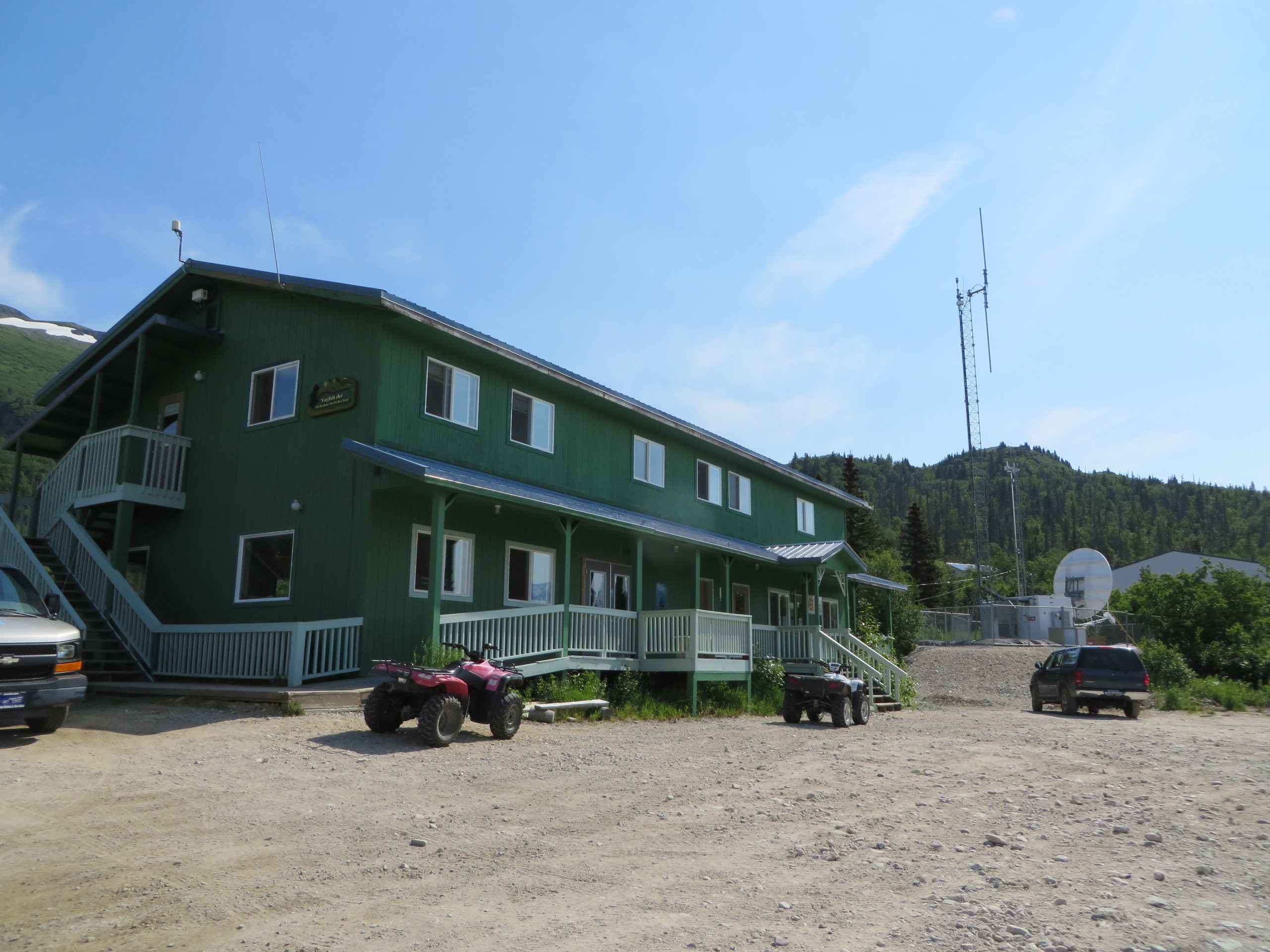
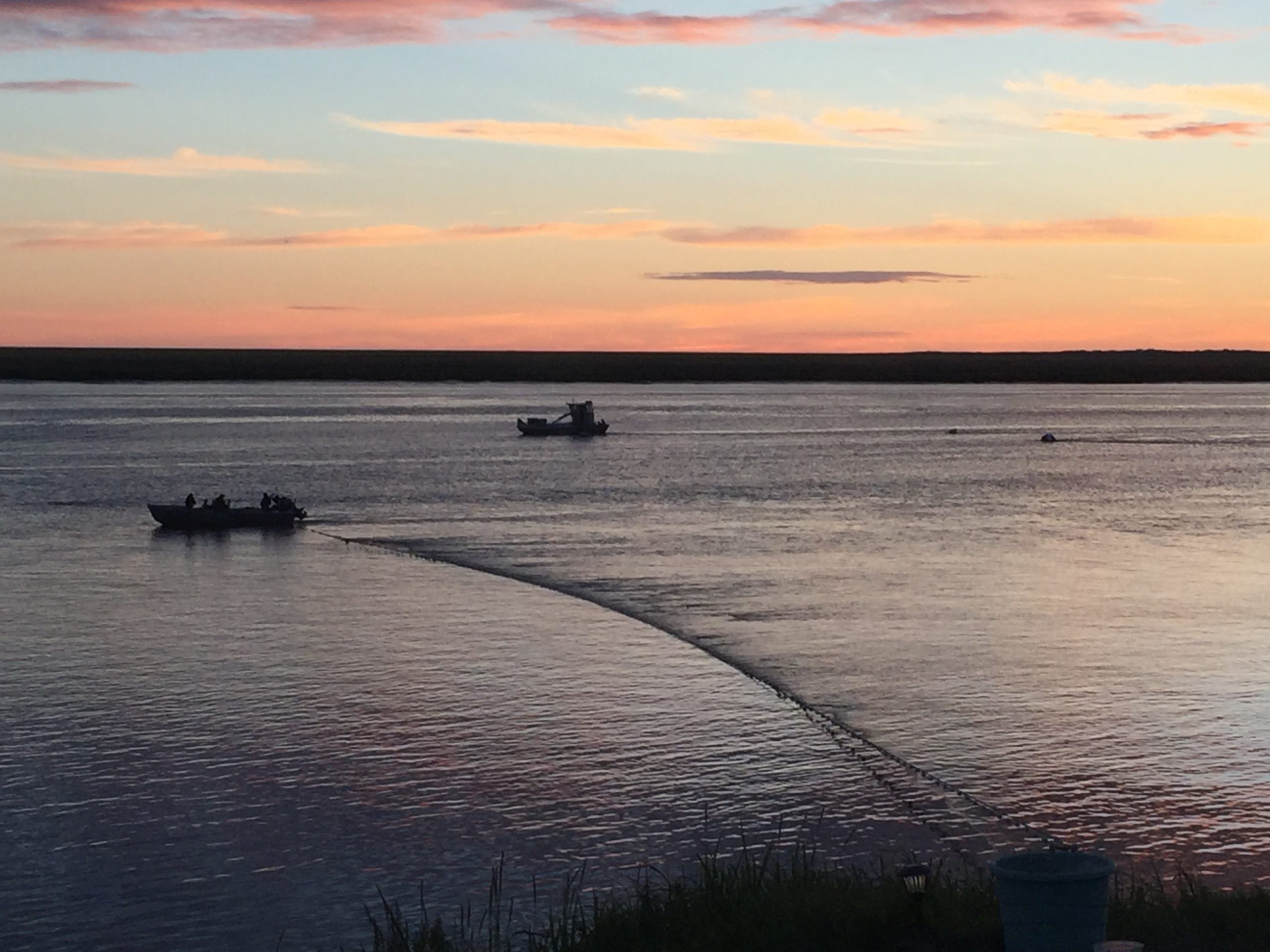
Ugashik
Ugashik is located on the northwest coast of the Alaska Peninsula, 16 miles up the Ugashik River. The Ugashik Traditional Council is the federally-recognized tribe located in the community. The population of consists of 81.8% Alaska Native or part Native. Commercial fishing, fish processing, and subsistence activities sustain residents of the area. There are three airstrips in the area and barged freight is brought in from Naknek.
Photo Credit: Brian Hirsch, Deerstone Consulting

